
In today’s time, the usage of application programming interfaces (APIs) has grown and as it plays an important role in any application, the risk of security breaches on APIs has also increased. In today’s time, the usage of application programming interfaces (APIs) has grown, and as they play an important role in any application, the risk of security breaches on APIs has also increased. To have a secured application that relies on API backing and doesn’t have any API security vulnerabilities, businesses hire software testing companies that can offer top-notch API security testing services.
To know more about API security testing and its ecosystem along with its types, its best practices, and how API security testing works, let’s go through this blog.
1. What is API Security Testing?
In API testing, we comprehensively identify and eliminate cybercrime weaknesses in API endpoints. The main goal of this vast approach is to detect potential vulnerabilities. API security testing comes with various types which can be performed in different ways. One can perform some API security tests manually, such as conducting API penetration testing. Others can perform these tasks automatically. When any security testing vendor is uncovering specific API testing approaches or potential API vulnerabilities, there are chances that some methods are preferable to others in API security testing. For instance, at runtime, if any type of API security issue occurs then the software engineering and security teams need to access the running application by using API security testing tools.
2. How Does API Security Testing Work?
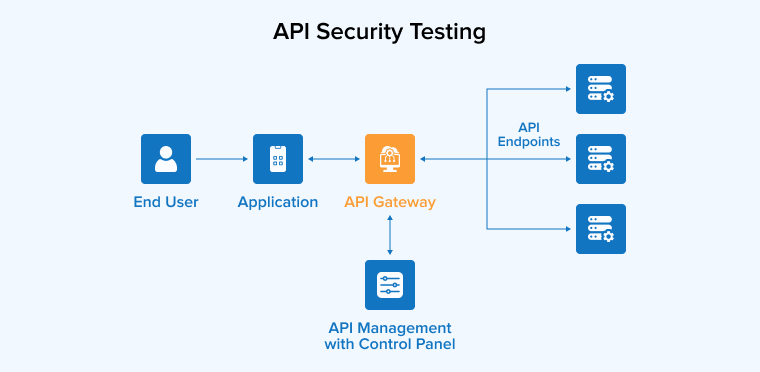
The testing team actively ensures that an application meets all basic security requirements, including authentication, encryption, and user access concerns, through API security testing. The main aim of using this concept is to craft inputs to unidentified behavior and coax bugs of API that attack the system. The process of API security testing starts by specifying the API that requires testing and then the testers need to provide input and output of the API by utilizing various specification formats like Postman Collections, Open APK v2/v3, and HAR files.
All the information that the tester provides is used by API security tests to fuzz the construct input to the API input that is expected. On the other hand, when it comes to the API security testing output it holds the report of any type of bug that is found by the testing department while fuzzing the API.
3. Types of API Security Testing
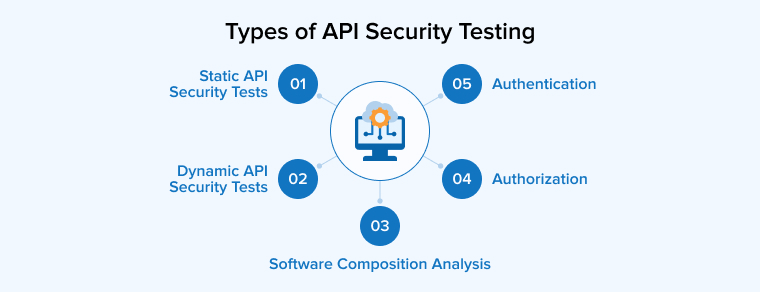
Software testing companies can consider several major types of API security testing.
3.1 Static API Security Tests
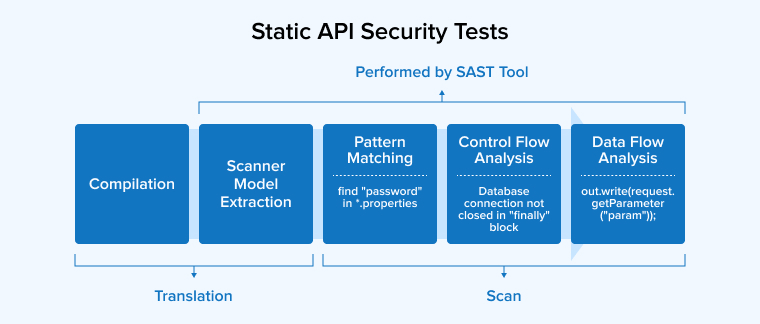
One of the major types of API security testing is SAST (Static Analysis Security Testing). This type of testing approach uses static analysis to find out all the details about the security vulnerabilities in the source code of the application. Here, we carry out the analysis using a computer-aided software engineering (CASE) tool. This means that it enables the testing team to check the source code efficiently without the need to execute it. This concept enables the testers to design flaws and find issues in the source code of the application.
3.2 Dynamic API Security Tests
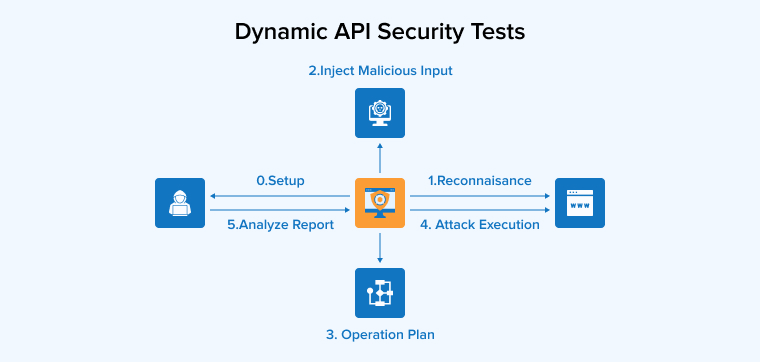
Many organizations use dynamic API security testing (DAST) as a popular method to actively check security vulnerabilities and bugs in their running APIs. This technique carries out the security testing process by considering an “outside-in” approach by simulating all types of testing. For this, the testers do not require access to the source code of any application.
3.3 Software Composition Analysis
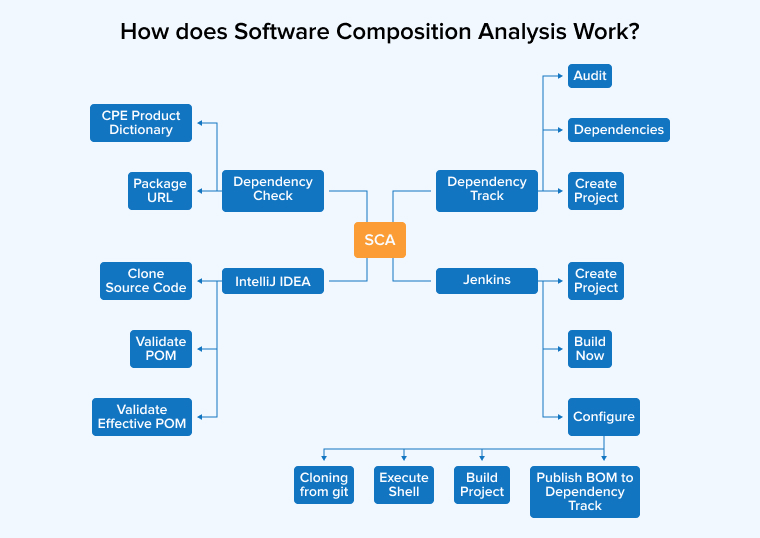
Another popular API security testing approach is software composition analysis (SCA). It helps the API testing team of any organization to find components of any software along with their relationships. It also allows one to analyze the design, code requirements, and code smells of any application.
3.4 Authentication
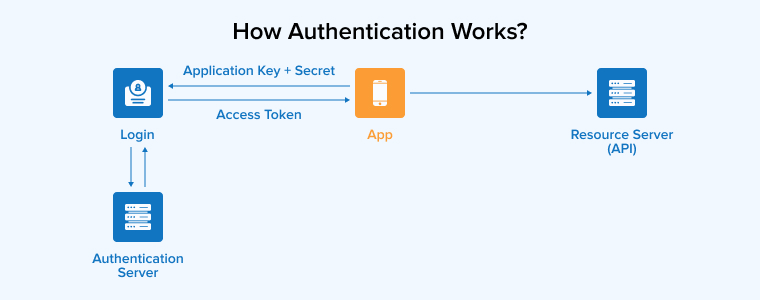
Authentication is also a popular API security testing method used to identify a device or a user by software development companies around the globe. Testers use it to access a system, network, or service of an application, as these three constitute the main parts of any solution. With the help of this technique testing teams of any organization can identify users by using API keys. This process can be carried out using different ways like username & password authentication, two-factor authentication mechanisms, and API augmentation.
3.5 Authorization

In our list of API security testing types, the last one is API authorization. This testing type can verify the user’s identity and authorize them to access the application.
API authorization is the last API security testing technique in our list. This method validates the identity of the application user and authorizes them to access the application.
4. Why is API Security Testing Important?
Software development companies carry out API security testing as APIs are known as an integral part of applications. An API offers a powerful interface to software solutions and ensures that they conformant to the specifications that are published and are resilient to attacks and vulnerabilities. As traditional DAST (dynamic application security testing) cannot cover the entire API, small portions are covered by it. And if the company’s front end doesn’t interact with all API endpoints, then DAST will forget to scan them. This is why nowadays, testers prefer to use dynamic API security testing strategies.
5. API Security Best Practices
Here are some of the best API security practices –
- One of the best practices of API security testing is to use SSL to encrypt HTTP messages in API.
- Implementing an access token is a practice that is available for users when they sign the authorization.
- A practice that can secure APIs is also sanitizing the input parameters.
- Using a security solution to scan all the requests made through API is an excellent approach.
- Another API security testing practice is limiting the number of requests sent to API every minute by users.
6. API Security Testing Checklist
Here’s a checklist you can follow when conducting API security testing:
- To carry out API security testing, testers must design negative testing for edge cases that can help in checking security-related issues.
- You can launch a separate API test environment to conduct testing without disrupting production.
- To automate the testing processes smoothly, we should carry out functional tests.
- To input details beyond the limits, one must create test cases.
- While carrying out performance testing, it is essential to include security testing to ensure that any malicious behavior does not compromise security.
- To check any integral leakage in API, the testers observe all error responses.
7. API Security Testing Tools
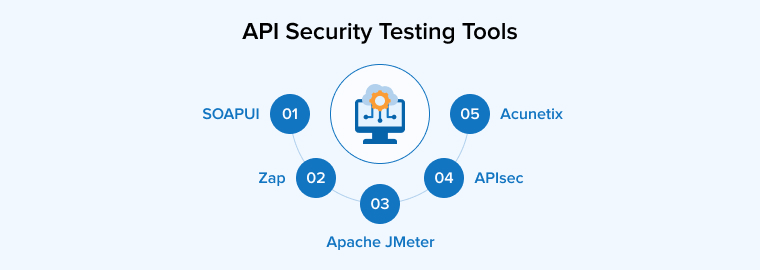
Here are some of the widely used testing tools for maintaining API security-
- SOAPUI: It is an open-source API security testing tool used by testers to check the security levels of REST and SOAP APIs. With the help of this tool, one can perform tests like functional and performance.
- Apache JMeter: App development companies use this popular Java-based testing tool to actively test API security aspects. This tool offers various features for measuring performance, creating API documentation, and conducting load testing of web applications.
- APIsec: With the help of APIsec, the testers can automatically monitor the APIs and protect them from cyber threats, business logic vulnerabilities, and data breaches.
- Acunetix: It is an API security testing tool that works as a vulnerability scanner. This tool allows development teams to check and secure websites, APIs, and web applications.
- Zap: OWASP designed and supports Zap. This tool runs and manages API security tests that enable the testers to create, schedule, and automate their own custom vulnerability scans based on the OWASP best practices.
8. Conclusion
This blog emphasizes the crucial role of API security testing, which software testing companies employ to identify and address security issues within the API of any software solution. With the help of API security aspects discussed in this blog, testers can protect sensitive data, build customer trust, and prevent unauthorized access. Therefore, one of the most important concerns any testing team has is to choose the right API testing type and tool. Users can make this choice based on the APIs utilized in an application, their capabilities, testing configurations, API support, and the performance of the selected tool.



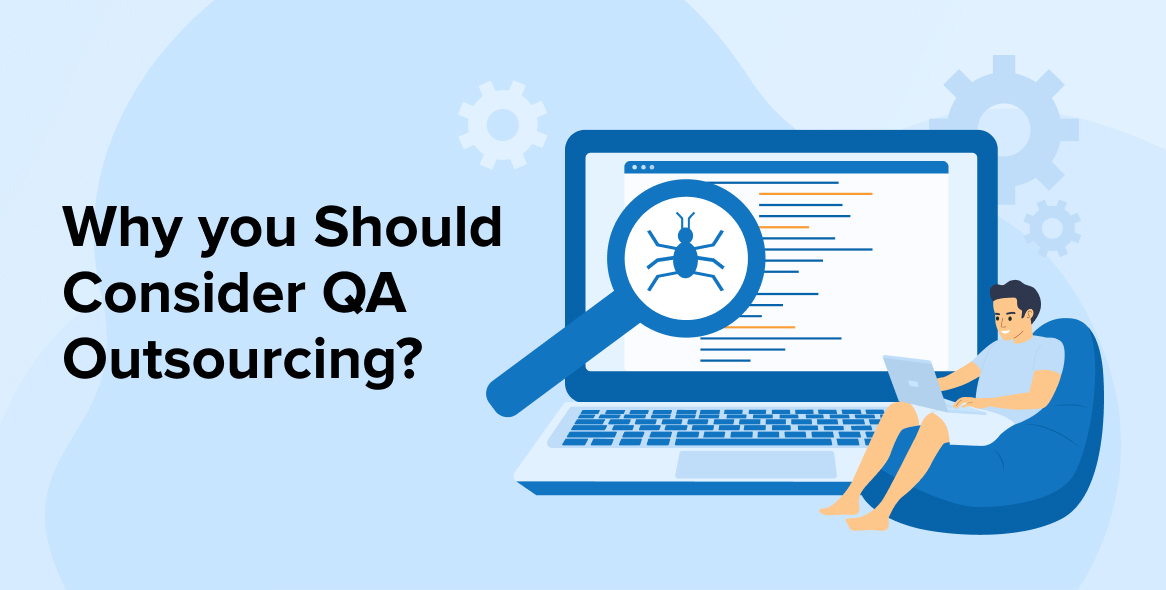
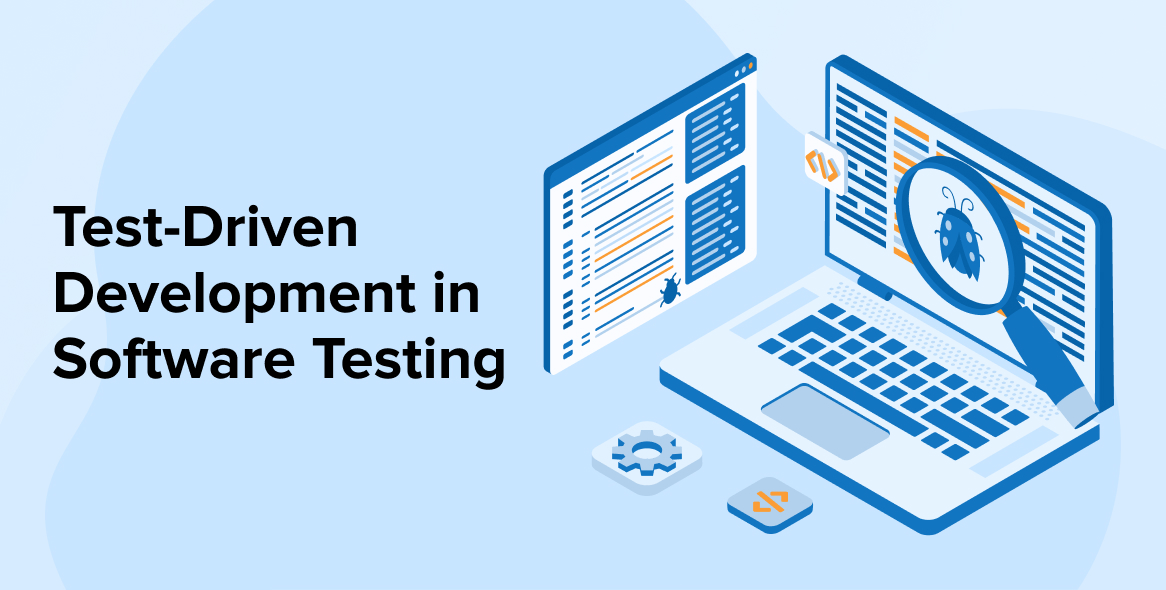

Comments
Leave a message...